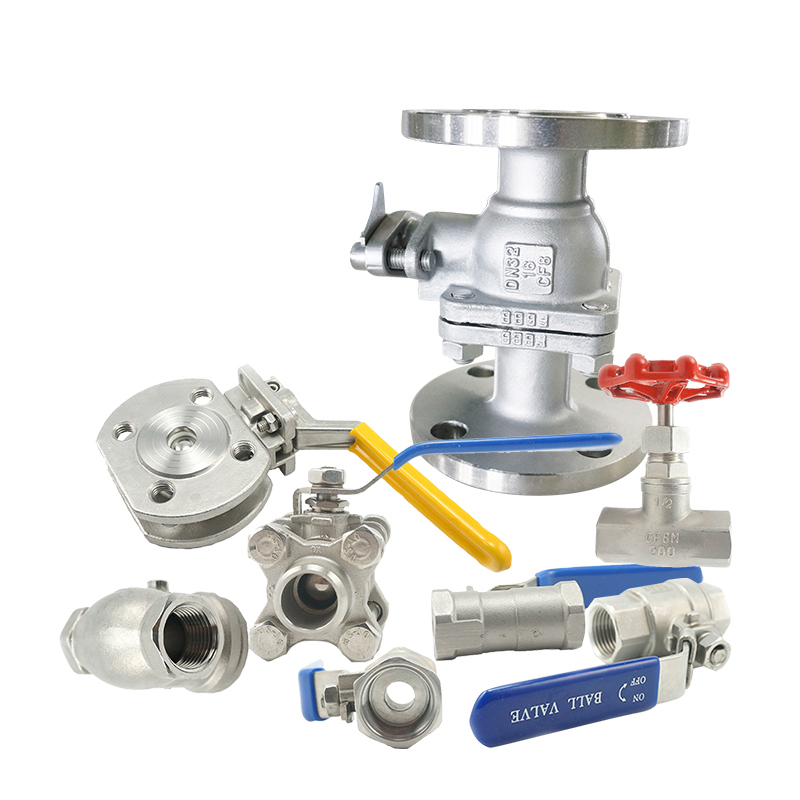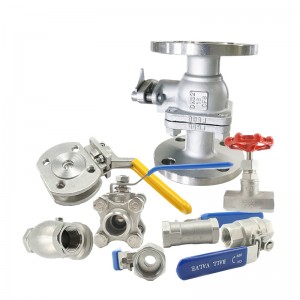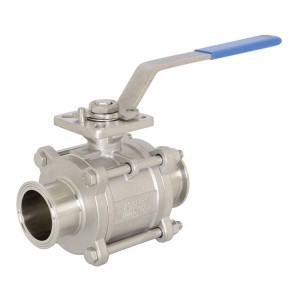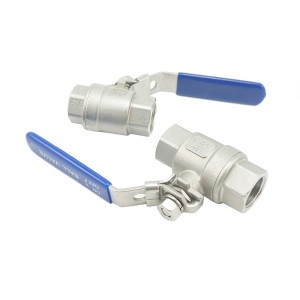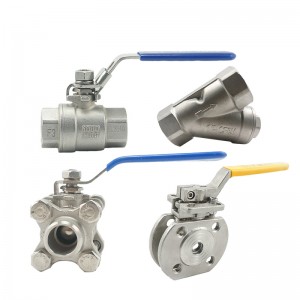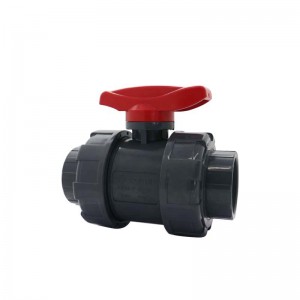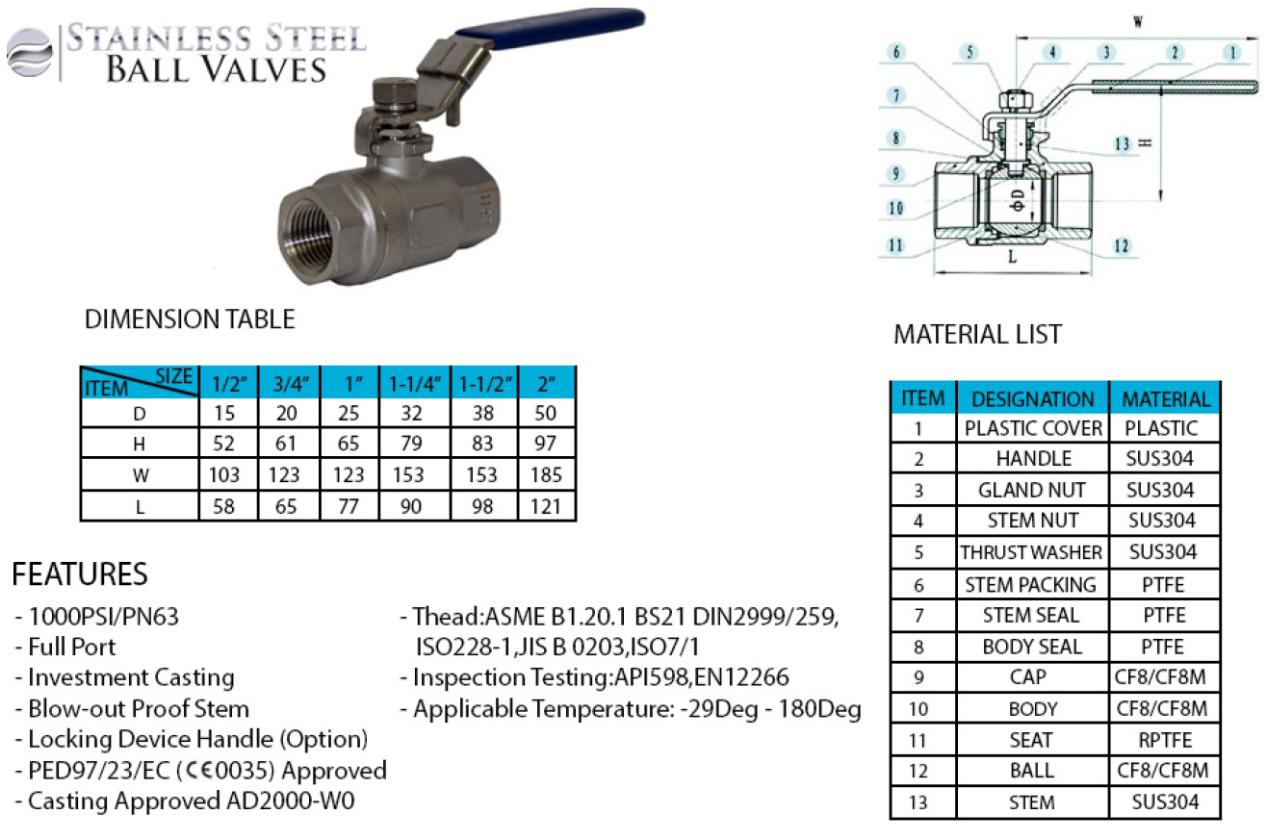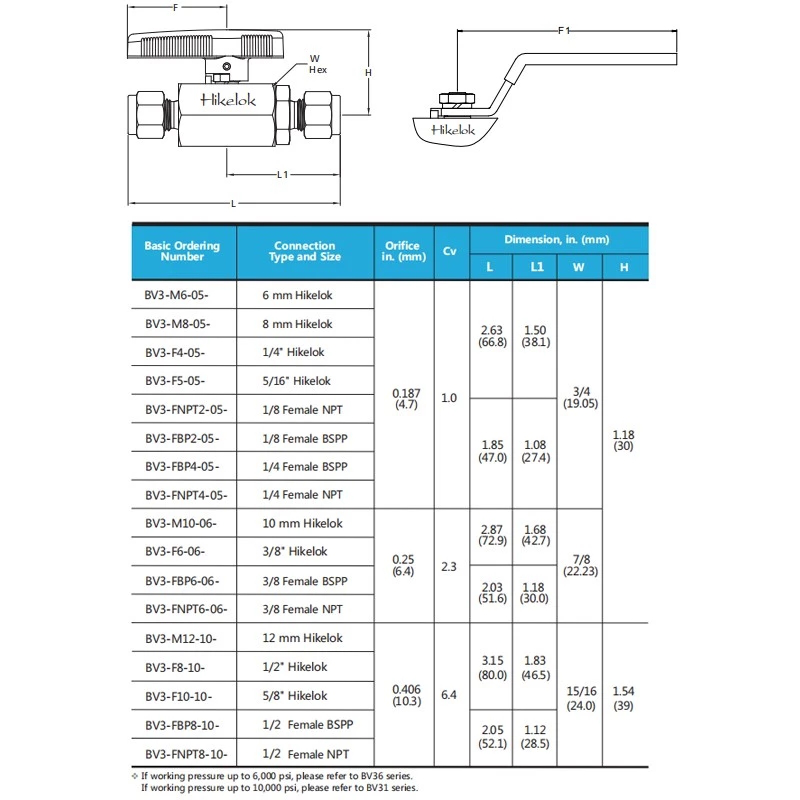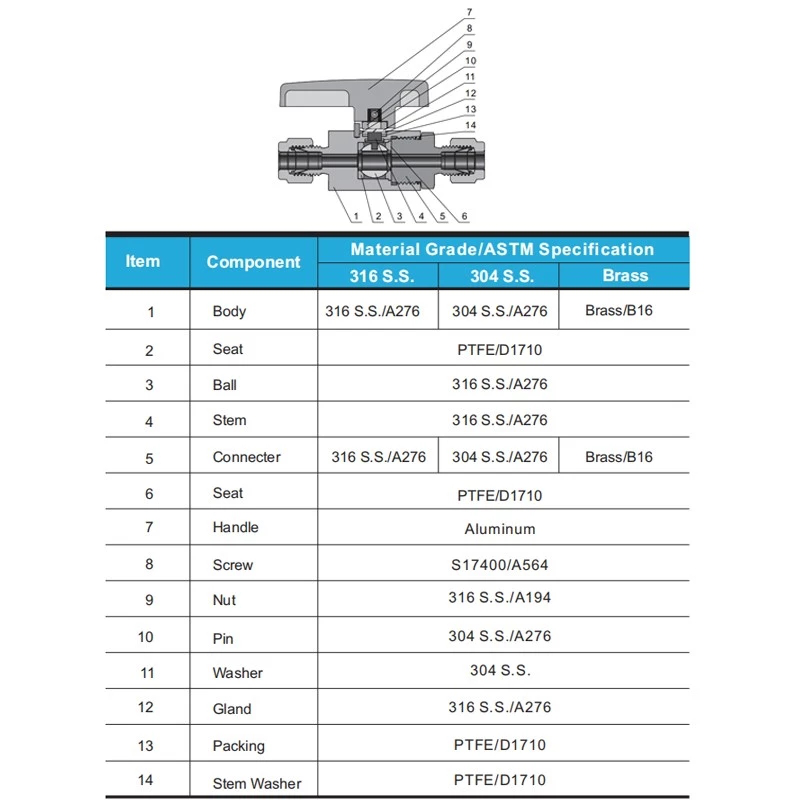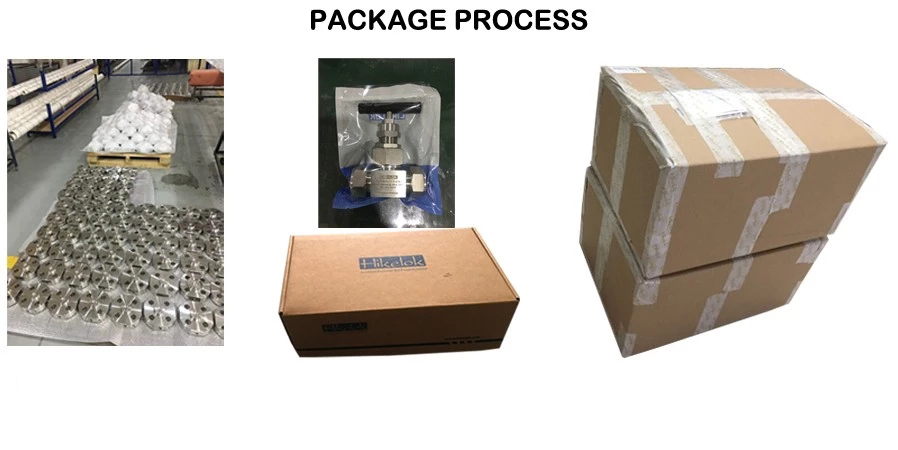Ein Kugelhahn ist eine Form eines Vierteldrehventils, bei dem eine hohle, perforierte und schwenkbare Kugel zur Steuerung des Durchflusses verwendet wird. Es ist geöffnet, wenn das Loch der Kugel in einer Linie mit der Strömung ist, und geschlossen, wenn es durch den Ventilgriff um 90 Grad gedreht wird. Der Griff liegt im geöffneten Zustand flach in Ausrichtung mit der Strömung und steht im geschlossenen Zustand senkrecht dazu, was eine einfache Handhabung ermöglicht visuelle Bestätigung des Ventilstatus.
Kugelhähne sind langlebig, funktionieren auch nach vielen Zyklen gut, sind zuverlässig und schließen auch nach längerer Nichtbenutzung sicher. Diese Eigenschaften machen sie zu einer ausgezeichneten Wahl für Absperr- und Steuerungsanwendungen, wo sie oft Schiebern und Durchgangsventilen vorgezogen werden, bei Drosselanwendungen fehlt ihnen jedoch die Feinsteuerung.
Die einfache Bedienung, Reparatur und Vielseitigkeit des Kugelhahns ermöglichen einen umfangreichen industriellen Einsatz und unterstützen Drücke bis zu 1.000 bar (100 MPa; 15.000 psi) und Temperaturen bis zu 752 °F (400 °C), je nach Design und verwendeten Materialien . Die Größen liegen typischerweise zwischen 5,1 und 1.219,2 mm (0,2 bis 48 Zoll). Ventilkörper bestehen aus Metall, Kunststoff oder Metall mit Keramik; Schwimmende Kugeln sind aus Gründen der Haltbarkeit oft verchromt. Ein Nachteil eines Kugelhahns besteht darin, dass er im geschlossenen Zustand Wasser im mittleren Hohlraum einfängt. Im Falle eines Frosts können die Seiten aufgrund der Ausdehnung des sich bildenden Eises reißen. Eine Isolierung oder ein Wärmeband können in dieser Situation normalerweise Schäden verhindern. Eine weitere Option für kalte Klimazonen ist der „frosttolerante Kugelhahn“. Dieser Kugelhahntyp verfügt an der Seite über einen Gefrierstopfen, so dass im Falle eines Einfrierens der Gefrierstopfen reißt (und als Opferscheibe fungiert), was eine einfache Reparatur ermöglicht. Anstatt nun das gesamte Ventil auszutauschen, schrauben Sie einfach einen neuen Gefrierstopfen ein.
FUNKTIONEN DER VENTILE SIND:
Fluss stoppen und starten
Reduzieren oder erhöhen Sie einen Durchfluss
Steuerung der Strömungsrichtung
Regulierung eines Durchflusses oder Prozessdrucks
Entlasten Sie ein Rohrsystem von einem bestimmten Druck
Klassifizierung von Ventilen
Im Folgenden sind einige der am häufigsten verwendeten Ventilklassifizierungen aufgeführt, die auf der mechanischen Bewegung basieren:
Linearbewegungsventile. Die Ventile, bei denen sich das Schließelement, wie bei Schieber-, Durchgangs-, Membran-, Quetsch- und Hubrückschlagventilen, in einer geraden Linie bewegt, um den Durchfluss zu ermöglichen, zu stoppen oder zu drosseln.
Drehbewegungsventile. Wenn sich das Ventilschließelement entlang einer Winkel- oder Kreisbahn bewegt, wie bei Schmetterlings-, Kugel-, Küken-, Exzenter- und Rückschlagventilen, werden die Ventile als Drehbewegungsventile bezeichnet.
Vierteldrehventile. Einige Drehbewegungsventile erfordern etwa eine Vierteldrehung (0 bis 90°) der Spindelbewegung, um von einer vollständig geschlossenen Position in die vollständige Öffnung zu gelangen oder umgekehrt.
KLASSIFIZIERUNG VON VENTILEN BASIEREND AUF BEWEGUNG
| Ventiltypen | Lineare Bewegung | Drehbewegung | Vierteldrehung |
| Tor | JA | NO | NO |
| Globus | JA | NO | NO |
| Stecker | NO | JA | JA |
| Ball | NO | JA | JA |
| Schmetterling | NO | JA | JA |
| Swing-Check | NO | JA | NO |
| Membran | JA | NO | NO |
| Prise | JA | NO | NO |
| Sicherheit | JA | NO | NO |
| Erleichterung | JA | NO | NO |
| Ventiltypen | Lineare Bewegung | Drehbewegung | Vierteldrehung |
Klassenbewertungen
Druck-Temperatur-Nennwerte von Ventilen werden durch Klassennummern gekennzeichnet. ASME B16.34, Ventile mit Flansch, Gewinde und Schweißende, ist einer der am häufigsten verwendeten Ventilstandards. Es definiert drei Arten von Klassen: Standard, Spezial und Limited. ASME B16.34 deckt Ventile der Klassen 150, 300, 400, 600, 900, 1500, 2500 und 4500 ab.
Helles Öl, schwarze Malerei


